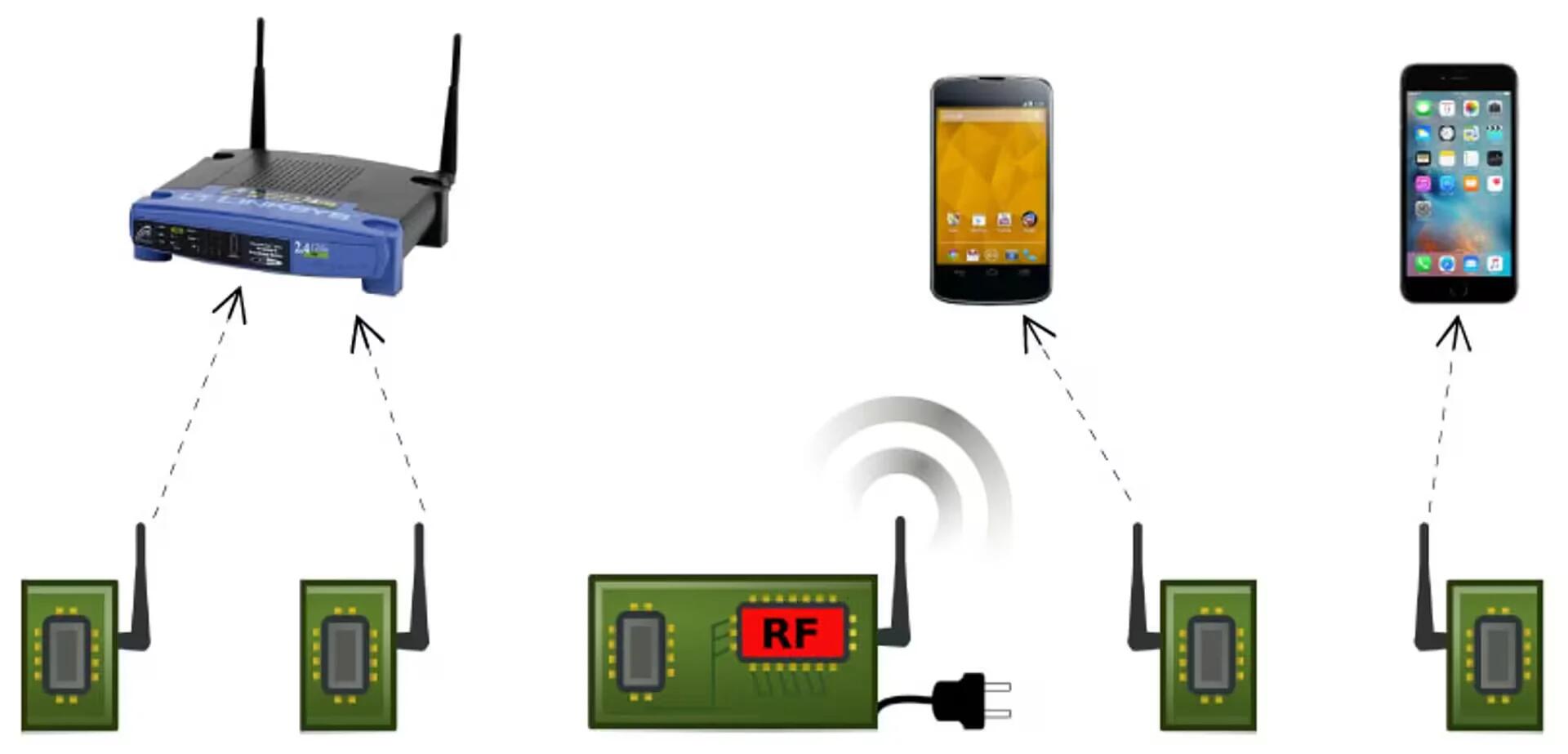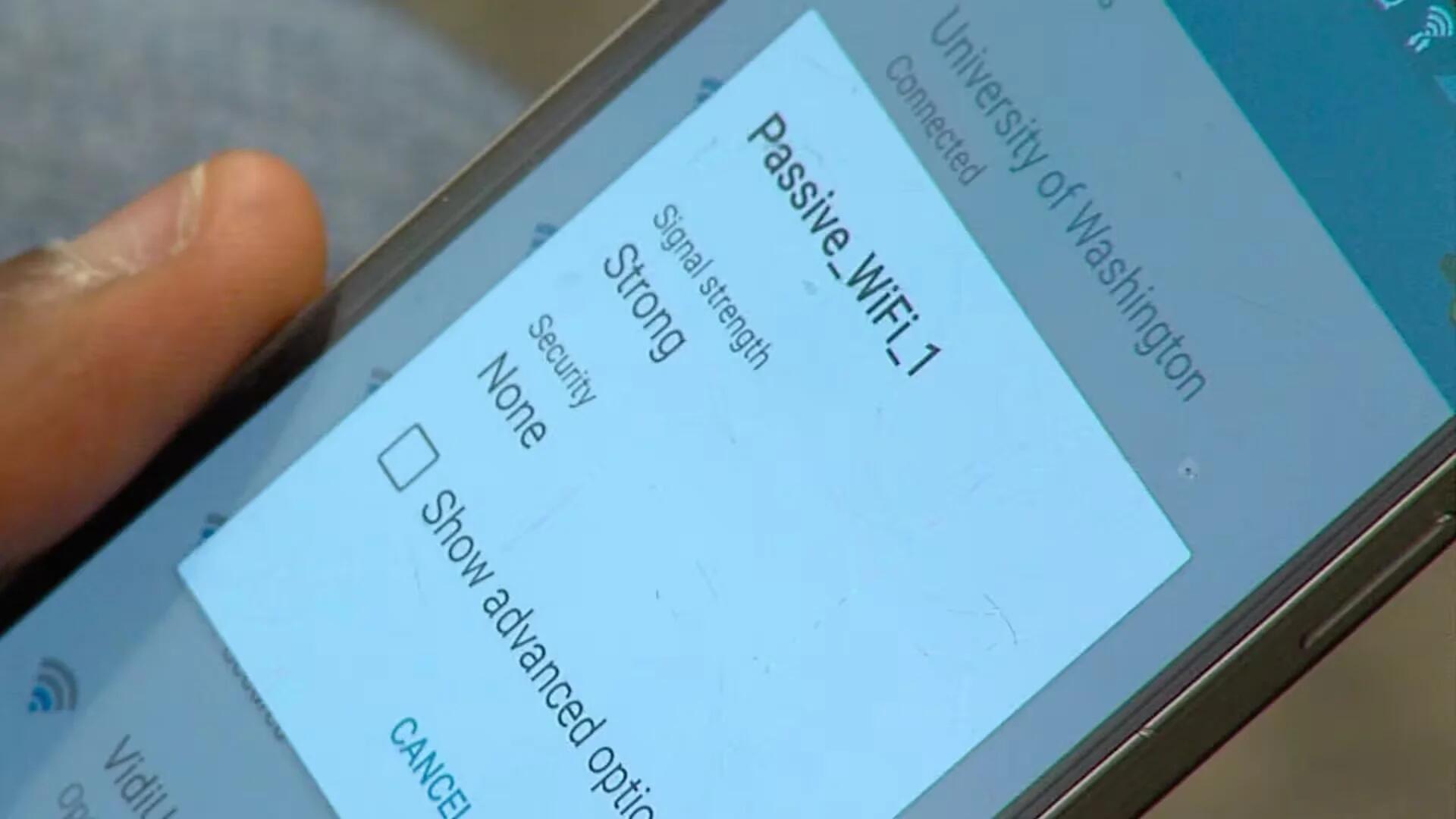Researchers at University of Washington have made a breakthrough in Wi-Fi technology that allows creating wireless networks that use very low power. This new technology called Passive Wi-Fi will allow wireless transmissions using 10,000 times less power than conventional methods. The Passive Wi-Fi is also 1,000 times more energy efficient existing energy-efficient wireless communication platforms, such as Bluetooth Low Energy and ZigBee. This research was funded by the National Science Foundation, the University of Washington and Qualcomm.
We wanted to see if we could achieve Wi-Fi transmissions using almost no power at all.
That’s basically what Passive Wi-Fi delivers. We can get Wi-Fi for 10,000 times less power than the best thing that’s out there.
With all the power advantage this new tech brings, it also has one downside to it. In its current state, this technology can only transmit at a speed of 11 Mbps and to a distance of about 100 feet, with more improvements may come as this tech matures. While this may look slower compared to modern Wi-Fi standards by a huge margin, it is still 11 times faster than Bluetooth.
Current Wi-Fi technologies, consumes a significant amount of energy, draining the batteries on all those connected devices. This new technology could save battery power on existing wireless devices and help the Internet of Things take off by removing some of the power constraints that are a challenge today.

The UW team achieved this by decoupling the digital and analog operations involved in radio transmissions. In the last 20 years, the digital side of that equation has become extremely energy efficient, but the analog components still consume a lot of power. Passive Wi-Fi assigns the high-power consuming analog functions to a single device in the network that is connected to a wall outlet.
All the networking, heavy-lifting and power-consuming pieces are done by the one plugged-in device
The passive devices are only reflecting to generate the Wi-Fi packets, which is a really energy-efficient way to communicate.
Because the sensors are creating actual Wi-Fi packets, they can communicate with any Wi-Fi enabled device right out of the box.
Our sensors can talk to any router, smartphone, tablet or other electronic device with a Wi-Fi chipset
The cool thing is that all these devices can decode the Wi-Fi packets we created using reflections so you don’t need specialized equipment.
This new technology could enable entirely new types of communication, which previously are not possible because energy demands have outstripped available power supplies. The Passive Wi-Fi could also be ideal for home automation and smart home applications and can serve as a better alternative to Bluetooth and ZigBee.
Source: University of Washington
